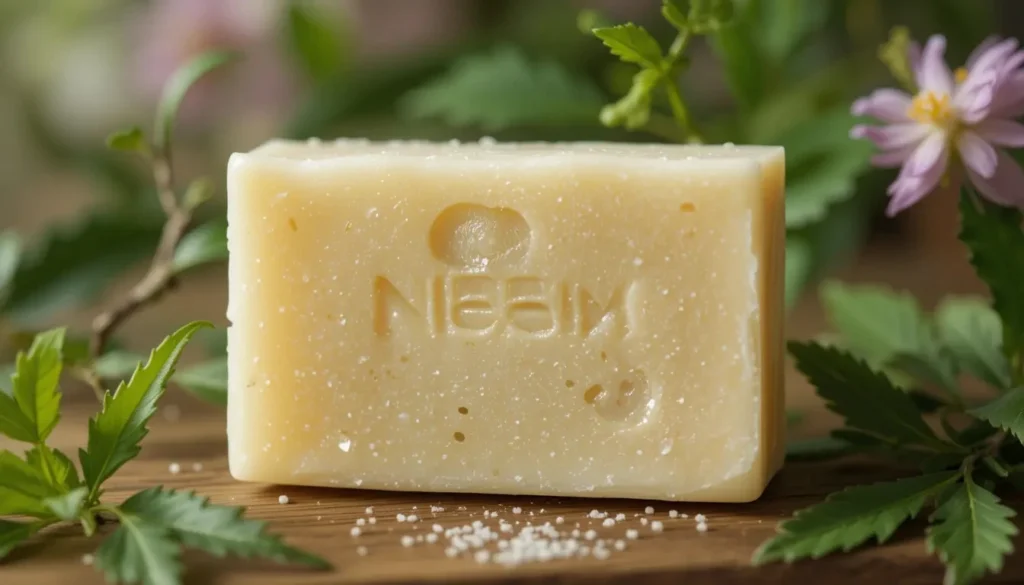Table of Contents
TFM is rarely talked about, but it is an important indicator of the quality of the soaps. TFM is the total percentage of fatty acids in soap. In one way or another, TFM has affected the soap from moisturizing to cleansing efficiency. It helps consumers decide better about the products, which might help improve their skin. But what makes TFM so special? Let us unravel the mystery behind TFM and place it in soap making.
Science Behind Total Fatty Matter
Definition and Quantification of TFM
TFM is one of the scientific measures used when producing soap. It is described as the overall amount of fats obtained from oils and fats used for soap production. The measurement for TFM will be through lab analysis to compute the fatty acids. High TFM means that they are of quality since most have fewer fillers and more benefits.
Impact in Soap Making
In soap making, TFM influences the texture and effectiveness of the soap. Soap with high TFM is soft and rich. Low TFM soap may appear rough and less effective. The balance between cleansing and conditioning is determined by the ratio of fatty acids to alkali.
Comparing TFM in Different Soaps
Soaps contain varying percentages of TFM. Beauty soaps are said to have a higher percentage of TFM, which makes them soft and moisturizing. Other laundry soaps may have low TFM as they are more oriented towards cleaning rather than skin advantages. This information allows consumers to make the best choices for themselves.
Role of TFM in Soap Performance
Moisturizing Properties
High TFM contents ensure that soap retains natural oils, which are rich in nutrients to the skin. Such soaps will help keep the moisture barrier of the skin intact and not dry or irritable.
Lather Quality and Cleansing Power
TFM improves the lather quality, thus making soap a delight to use. It also improves the cleansing power, effectively removing dirt and oils without stripping the skin.
Low-TFM Soaps: A Comparison
Low TFM soaps are really harsh on the skin and it may become little hard. The residue will form or cause dryness; thus, not ideal for the sensitive users of the skin. The extent of TFM ensures an intelligent buying decision.
The Silent Strength of TFM in Day-to-Day Applications
TFM and Skin Hygiene
High-TFM soaps are very friendly to the skin, thus can be used every day. They nourish and moisturize, hence making the skin soft and silkly.
Eco-Friendly Benefits
Some of them are biodegradable and manufactured through natural products, making them environ-mentally friendly. They also help in producing fewer wastes when they are in production and during use since they are of good quality.
Resistance and Long Usage
The soaps that have high TFM are strong and can be used for long periods as opposed to low-quality soaps. This makes them save money and environmental-friendly.

Selecting the Right Soap According to TFM
Interpreting Soap Labels
It is essential to learn how to read the TFM percentages on labels. Words such as “high-fatty-content” or “nourishing soap” are usually synonymous with a higher TFM value.
Ideal Percentages for Skin Types
Use only soaps in which TFM is more than 70 percent for normal up to dry. For oily type skins, even much lesser percentages help reduce the amount of grease too.
Some Important Tips to use Balancing Soaps
In case of higher TFM use the soaps with the skin-friendly ingredients containing glycerin or essential oil for better uses as well for beauty and health gain.
Effects on TFM and Sustainability of Enviornement
Advantageous Benefits and Environmental Sustainability About Soaps Consisting of a Higher Percentage TFM
High-TFM soaps generally contain natural and eco-friendly raw materials. This means there is less environmental damage. They are biodegradable and cause no long-term residues.
Ethical Soap Production
High TFM brands stress on ethical production, and companies ‘do not use harmful chemicals and guarantee fair trade’.
Innovations for TFM
Currently, innovations in soap production show higher TFM levels with less damage to the environment. That is, it is beneficial for the consumer as well as the planet
Conclusion
TFM represents the silent strength behind soap quality-from moisturizing properties to sustainability. A lot more of such soaps will see individuals enjoy better skin care, contribute to environmental conservation, and get behind ethical brands. Understanding TFM helps provide more informed choices, which can ensure balancing both quality and performance with responsibility in everyday hygiene products
Related post
Shilajit Magic: Strength, Health, And Glow
Walnut Dry Fruit: Fuel Your Healthy Journey!






